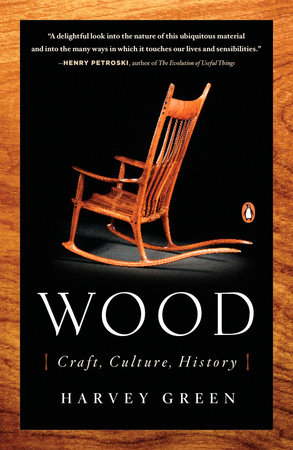

The Nizamuddin Basti Renewal project by the Aga Khan Trust for Culture (AKTC) revived the history and rebuilt lives, achieving 15 out of 17 UN Sustainable Development Goals. And then came a project that turned things around.

Beyond the built heritage, the Basti embodies living cultural heritage represented by traditions, cuisine, music, and handicrafts.Īround three decades ago, Nizamuddin Basti’s image started degrading – from a cultural hub to a Muslim ghetto, discouraging visitors and encouraging criminals. The Basti greets one with colour, culture and chaos where over seven hundred-year-old walls, crammed streets and winding lanes give history lessons. Nizamuddin Basti, known for its Sufi saints and shrines, is one of the oldest inhabited areas of Delhi and is a different world altogether compared to its neighbourhood colonies such as Lodhi Colony and Khan Market.

The project achieved 15 out of 17 sustainable development goals and won two UNESCO Awards for Cultural Heritage Conservation in 2021.The project invested in the holistic and sustainable development of the community by working on several pillars, including reviving the environment. Through the Nizamuddin Basti Renewal project, Aga Khan Trust for Culture revived the monuments and people’s lives.But three decades ago, Basti’s image started degrading – from a cultural hub to a ghetto, discouraging visitors and encouraging criminals. Nizamuddin Basti is a treasure trove of 700-year-old living cultural heritage and captivating history.


 0 kommentar(er)
0 kommentar(er)
